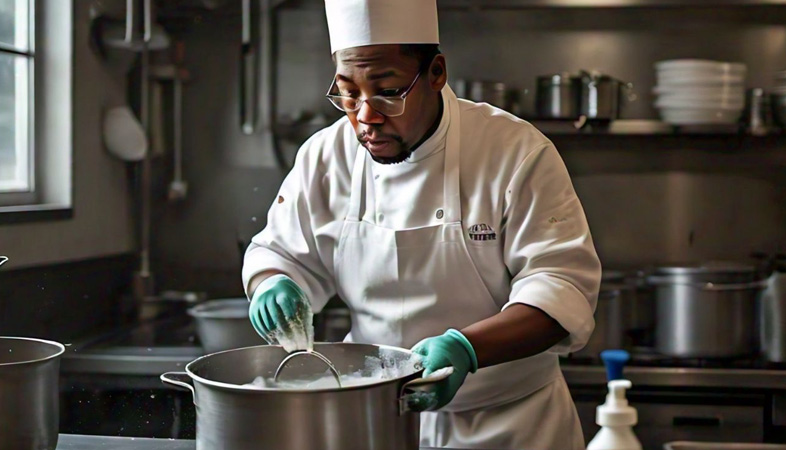SHARE
Commercials
More Posts
Jun 21, 2025
Khatta Meat - By Chef Dhum Singh
Feb 27, 2025
Banarasi Tamatar Chat - By Chef Ashish Spencer
Jul 03, 2025
Indo Chinese Chicken Soup - By Chef Rohit Anand
Jun 14, 2025
Essential Skills Every Front Desk Agent Should Have
Mar 15, 2025
Rose Petal Thandai - By Chef Selva Kumar
Jun 20, 2025
The Impact of Social Media on Restaurant Popularity
Jun 21, 2025
Khatta Meat - By Chef Dhum Singh
Feb 27, 2025
Banarasi Tamatar Chat - By Chef Ashish Spencer
Jul 03, 2025
Indo Chinese Chicken Soup - By Chef Rohit Anand
Jun 14, 2025
Essential Skills Every Front Desk Agent Should Have
Mar 15, 2025
Rose Petal Thandai - By Chef Selva Kumar
Jun 20, 2025
.png)




























